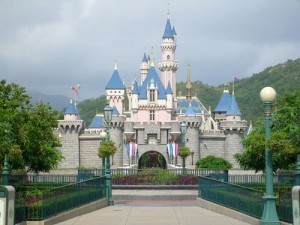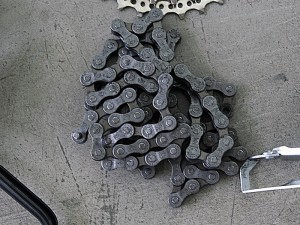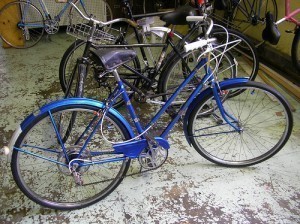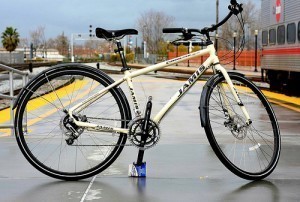Scuba Tank Dimensions
Scuba tank sizes vary, with some measuring 9” x 2” across to 22” high x 8” in diameter.  When buying a scuba tank (or diving cylinder), remember that size is not always reflective of their capacity; some small models contain more air than bigger ones. It all depends on the models.
When buying a scuba tank (or diving cylinder), remember that size is not always reflective of their capacity; some small models contain more air than bigger ones. It all depends on the models.
Air in the Scuba Tank
Discovering the maximum air pressure and using a gauge will help you determine how much air the scuba tank can hold. The maximum pressure is specified on the tank. Look for figures like 1800, 2250, 3000, 3500 and 4500. There will also be numbers like 3AL or E9498.
These refer to the maximum pressure rating for that scuba tank size. The gauge will be connected to the regulator. This will allow you to see the pressure while diving.
The most widely sold scuba tanks are measured in cubic feet. For example, 80 cubic feet, 3000 psi, steel scuba tank. This is not an exact measurement; 80 ft is actually 77 cubic ft (abbreviated to cf).
When looking for pony bottles, look for those with dimensions of 13, 19 or 30 cf. For 2250 psi cylinders, the cf is 71.2 provided it is packed up 10% over 2250. This is only permissible for scuba tank sizes with + sign. Do not fill it beyond 2250 if there is no + sign.
Types of Scuba Tanks
Scuba cylinders come in either metal or aluminum. Steel tanks are capable of holding in more air. It is also more durable and it isn’t as thick. The problem with steel is that it is subject to rust. Aluminum scuba tanks are not as susceptible to developing rust or flakes. Rust can be prevented on both types by drying it and closing the valve after use.
Steel tanks last much longer and are less expensive in the long run. The type of tank you need will depend on your physiology. Teenagers will do fine with smaller scuba tank sizes. For averagely built adults, the 80 cf size is sufficient. As a rule, the larger the physical built, the bigger the tank required.
Using the Pony Tank
The pony tank is connected to the scuba gear and comes with its own gauges. This is used as a backup in case the main gear fails. The air here is enough to help you get to the surface. Do not go diving carrying just a pony tank.
Safety Precautions
People with the same built don’t breathe the same way and thus require different tanks. Those with a high metabolism will need plenty more oxygen. People who have slow reflexes possess high breathing rates. For example, breathing 2 cf per minute at 33’ will dissipate the air at half the water depth. Also remember that the colder the water the more oxygen will be eaten up.
Picking the right scuba tank size is necessary before you go diving. Be sure to read all the instructions in the gear you buy, as the setup may vary.





